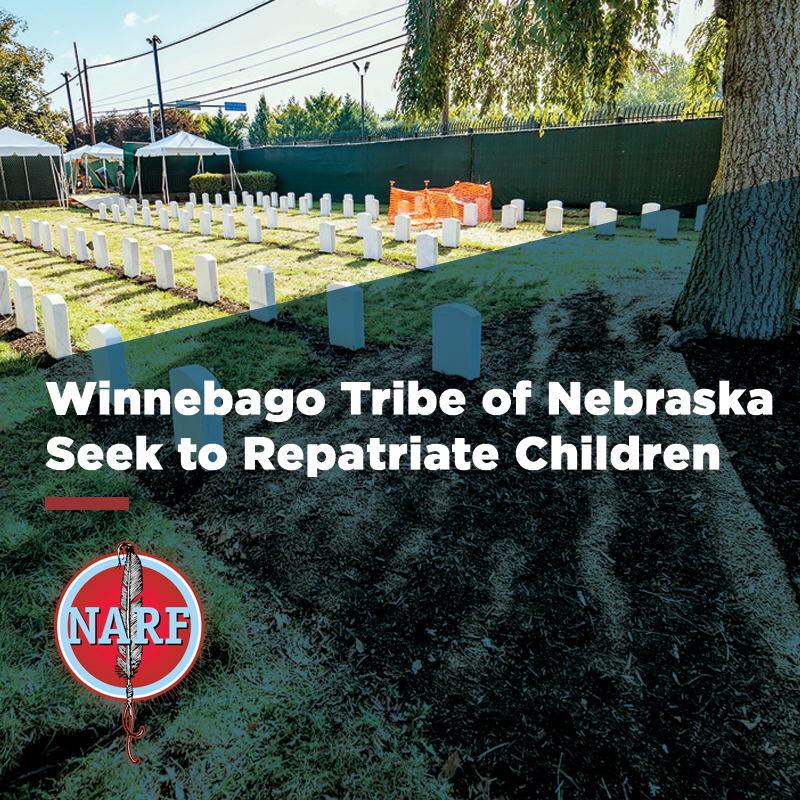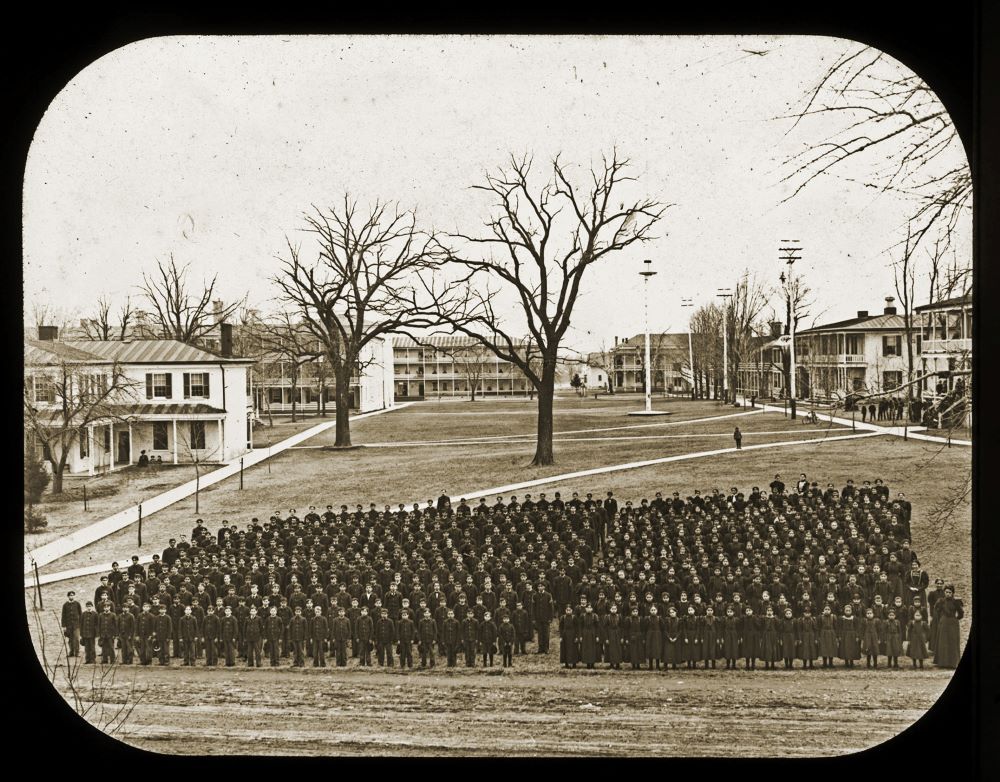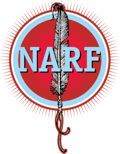The following information may trigger individuals impacted by boarding school and related intergenerational trauma. To find support and other resources, visit the National Native American Boarding School Healing Coalition at: https://boardingschoolhealing.org/self-care-resources/

NAGPRA outlines a clear structure for the repatriation of Samuel Gilbert and Edward Hensley to Winnebago
On May 26, 2025, the Winnebago Tribe of Nebraska filed a reply brief to complete briefing its appeal to the United States Court of Appeals for the Fourth Circuit. Winnebago’s brief refuted the Army’s argument that the Native American Graves Protection and Repatriation Act (NAGPRA) is inapplicable to return of the remains of Samuel Gilbert and Edward Hensley from Carlisle Barracks Post Cemetery (Carlisle Cemetery). Winnebago argued that NAGPRA’s purpose and plain language requires the repatriation of Samuel and Edward to Winnebago.
Winnebago’s brief concludes the written portion of its appeal of the District Court for the Eastern District of Virginia’s dismissal of its action in August of 2024. In dismissing Winnebago’s action, the District Court held that NAGPRA is inapplicable to the remains of children who died because of their time at Carlisle and who were buried at the Carlisle Cemetery.
Winnebago filed its opening brief to the Fourth Circuit in January 2025, arguing the District Court made several errors in dismissing Winnebago’s lawsuit. In May 2025, the Army filed a brief in response to Winnebago’s appeal.
In its response, the Army continued to argue that NAGPRA does not apply to the Native American human remains at Carlisle. Yet, in doing so, the Army failed to contend with key facts that make NAGPRA’s application to the return of Samuel and Edward clear. The Army failed to address that the United States buried Samuel and Edward at Carlisle’s original Indian burial ground without notice to or consent from their families or Winnebago. Likewise, the Army was silent about its mass transfer of the remains of the children who died at Carlisle from the original Indian burial ground in 1927 to their current location at the Carlisle Cemetery. During that transfer, the Army excavated the children’s remains, haphazardly threw them into boxes, and reburied them at the current Carlisle Cemetery; this was done, again, without notice to or consent from the children’s families or Tribes. Winnebago’s reply brief explains how these facts clearly bring Samuel’s and Edward’s remains within the kind of Native American human remains to which NAGPRA’s protections were intended to apply.
Winnebago’s appeal was supported by three different amicus briefs by several Tribal Nations and organizations. Winnebago is grateful to have amicus support of these Tribal Nations and organizations, including the United South and Eastern Tribes, the Association on American Indian Affairs, the National Association of Tribal Historic Preservation Officers, the Catawba Nation, Sisseton Wahpeton Oyate, Spirit Lake Tribe, and the Great Plains Tribal Leaders Health Board.
To learn more about Samuel Gilbert and Edward Hensley and Winnebago’s fight for their repatriation, visit the Winnebago v. U.S. Army case page. The Winnebago Tribe of Nebraska is represented by its General Counsel, Danelle Smith, at Big Fire Law & Policy Group LLP, NARF, and Cultural Heritage Partners, PLLC.

The school was designed to destroy Native communities by separating children from their families to systematically destroy each child’s cultural identity within a controlled military-like environment. In 1895, a federal worker sent Samuel Gilbert and Edward Hensley away from their community to Carlisle. Gilbert survived 49 days; Hensley survived 3 years. The school did not notify their families of their deaths. The Army later moved their bodies without consent and still refuses to comply with NAGPRA to return the two children to their Tribe under NAGPRA. Photo credit: Carlisle Indian School Digital Resource Center. CC BY-NC-SA 4.0


